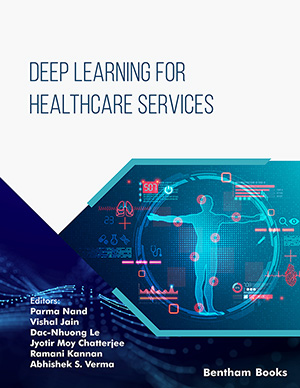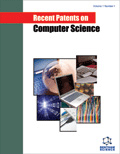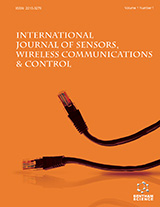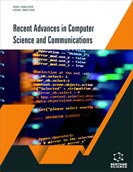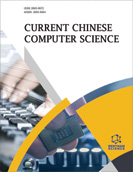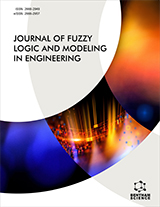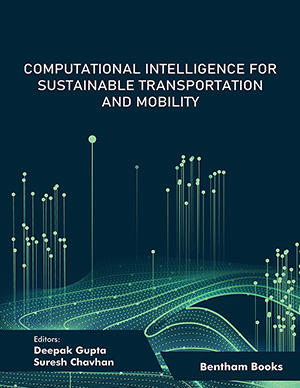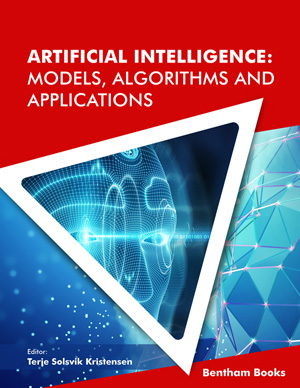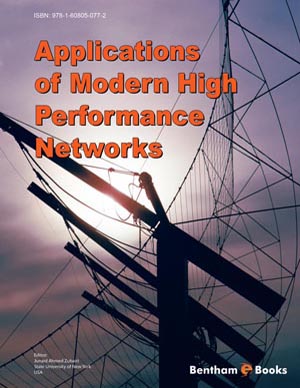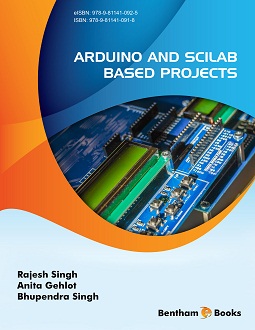Abstract
Nowadays, the acquisition of different deep learning (DL) algorithms is becoming an advantage in the healthcare sector. Algorithms like CNN (Convolution Neural Network) are used to detect diseases and classify the images of various disease abnormalities. It has been proven that CNN shows high performance in the classification of diseases, so deep learning can remove doubts that occur in the healthcare sector. DL is also used in the reconstruction of various medical diagnoses images like Computed Tomography and Magnetic Resonance Imaging. CNN is used to map input image data to reference image data, and this process is known as the registration of images using deep learning. DL is used to extract secrets in the healthcare sector. CNN has many hidden layers in the network so that prediction and analysis can be made accurately. Deep learning has many applications in the healthcare system, like the detection of cancer, gene selection, tumor detection, recognition of human activities, the outbreak of infectious diseases, etc. DL has become famous in the field of healthcare due to its open data source. In the case of the small dataset, CNN becomes an advantage as it does not provide an excellent way to statistical importance. Deep Learning is a technique that includes the basis of ANN (Artificial neural networks), appears as a robust tool for machine learning, and encourages recasting artificial intelligence. Deep learning architecture has more than two hidden layers, as in ANN; it is only one or two. Therefore, this chapter represents a survey of the role of deep learning in the healthcare industry with its challenges and future scope.
Keywords: Artificial neural networks (ANN), Auto-encoders (AEs), Bioinformatics, Biological neural networks, Boltzmann machine, Convolution neural networks (CNN), Deep autoencoders, Deep belief networks (DBNs), Deep learning (DL), Deep neural nets (DNNs), Deep structures, Electronic health records (EHRs), Genomics, Machine learning (ML), Medical images, Medical informatics, Pervasive sensing, Restricted boltzmann machines (RBMs), Recurrent neural nets (RNNs), State-of-the-art ML, Unified medical language system (UMLS).


